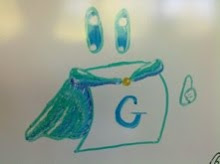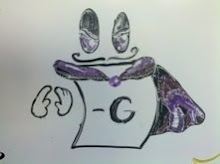Last time I commented about adding rules to unbounded-turn games to prevent stalemate-causing loops of play. On the other side, there is an aspect of games which have a bounded number of turns: they are often shown to be PSPACE-complete instead of EXPTIME-complete (unless they aren't hard at all, such as with Nim). Thus, if PSPACE does not equal EXPTIME, these games are in PSPACE and not EXPTIME \ PSPACE (or EXPTIME - PSPACE, depending on which "set minus" notation you prefer).
Following our previous discussion of constraint logic, these two classes are categorized by whether a game is bounded or unbounded. Thus, it would be expected that potentially hard games such as Oshi would be EXPTIME-complete, while games such as Tsuro are better candidates for PSPACE-completeness. (I'm not sure whether Tsuro is a hard game at all; I finally got to play a bit over the weekend. Perhaps it would be more difficult if I didn't have such a small hand of tiles.)
Interestingly, Go has some play variations which threaten to go against this. Using the ko rule, which prevents looping back to a position from the most recent turn, the game is EXPTIME-complete. Without this rule, however, it is only known that the game is PSPACE-hard, though not necessarily complete. Some versions of Go use the superko rule, which prevents moving to any position that ever previously existed. I personally do not know the complexity of this version. Sadly, I am not familiar with Go and thus can't say which rules are most often used.
Mostly I think it's interesting that this very obvious facet of games---whether or not they have an unbounded number of turns---is a strong intuitive tool in game complexity.
Jokes from the Audience
1 week ago


